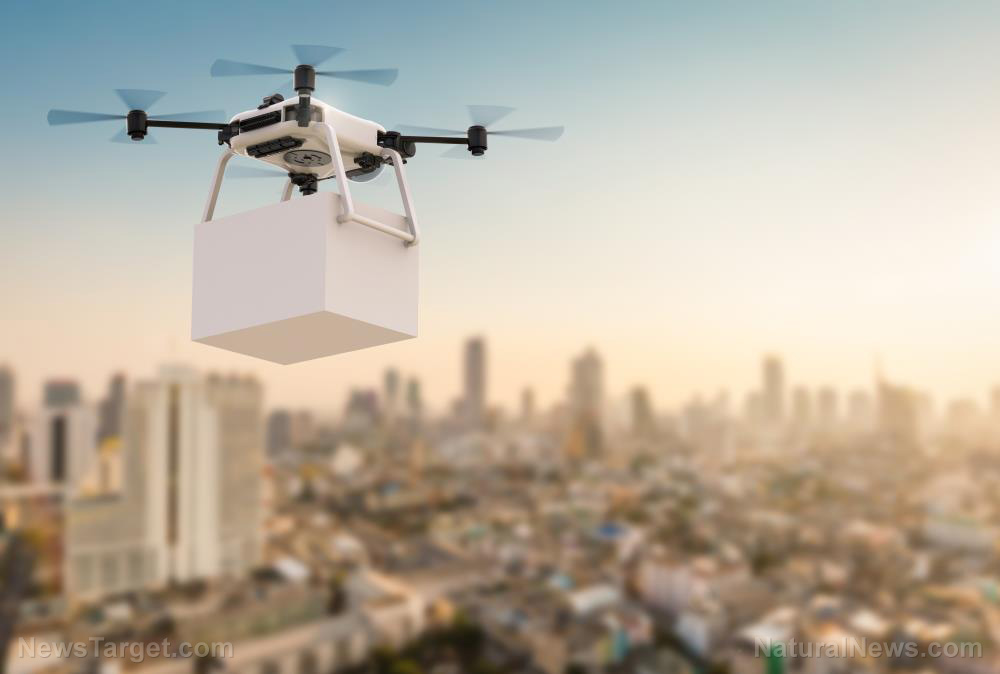
According to a statement published in its website, the Defense Advanced Research Project Agency (DARPA) – the Department of Defense's experimental research arm ?– says it is looking to recruit fish and other forms of undersea life in its Persistent Aquatic Living Sensors (PALS) program to improve its underwater surveillance capabilities, as well as enhance its ability to detect possible enemy ships and vessels.
"The PALS program was developed to leverage the great sensitivity that organisms have in the ocean to changes in their environment," Lori Adornato, program manager of the PALS program, said in a statement published in the U.K. news website The Independent. In a separate DARPA statement, he expounded that since living organisms are ubiquitous, self-powered, self-replicating and can sense visual, magnetic, auditory and chemical cues, they are ideal candidates for sustained underwater surveillance.
"By taking advantage of organisms, you can then look at persistence and wide-scale coverage as opposed to using one single sensor that does the whole job," Adornato said in a statement published in Scientific American. (Related: Researchers create robot fish that can swim right next to real ones in coral reefs.)
According to DARPA, its researchers aim to field fish such as the goliath grouper and black sea bass, as well as invertebrates like snapping shrimp, and other microfauna and microflora such as bioluminescent plankton and other microorganisms into the four-year program.
These animals are noted for their sensory responses when it comes to changes in their environment: Goliath grouper and snapping or pistol shrimp are known to emit loud sounds when they sense intruders, while schools of black sea bass are known to visibly change their behavior when startled by undersea vehicles and the like.
"Tapping into the exquisite sensing capabilities of marine organisms could yield a discreet, persistent, and highly scalable solution to maintaining awareness in the challenging underwater environment," Adornato said in a separate statement in the DARPA site.
According to DARPA, five teams of researchers are currently developing new types of sensor systems that can detect and record the behaviors of the above-mentioned marine organisms and interpret them to identify, characterize, and report on the presence of manned and unmanned underwater vehicles operating in US waters.
“This new, bio-centric PALS technology will augment the Department of Defense’s existing, hardware-based maritime monitoring systems and greatly extend the range, sensitivity, and lifetime of the military’s undersea surveillance capabilities,” DARPA said.
Adornato, in a statement published in the DARPA site, says that while the department’s ideal scenario for the program is to “...leverage a wide range of native marine organisms, with no need to train, house, or modify them in any way”, DARPA will still accept proposals and suggestions from researchers regarding modified organisms. Adornato, however, adds that “...at no point in the PALS program will DARPA test modified organisms outside of contained, biosecure facilities.”
Make way for Tunabot
While DARPA is looking at living organisms for its PALS project, researchers from the University of Virginia School of Engineering and Applied Science, in collaboration with biologists from Harvard University, recently unveiled their latest creation: a tuna-inspired robot.
According to team leader Hilary Bart-Smith, a professor in UVA's mechanical and aerospace engineering department, the robot – affectionately dubbed Tunabot – was designed to help humans better understand the physics involved in fish propulsion, as well as eventually inform the possible development of the next generation of underwater vehicles driven by fish-like systems “better than propellers.”
“Our goal wasn't just to build a robot. We really wanted to understand the science of biological swimming,” Bart-Smith said in a news story posted on the UVA website, adding that their team’s aim was “…to build something that we could test hypotheses on in terms of what makes biological swimmers so fast and efficient.”
According to the data, published in the journal Science Robotics, while Tunabot's speed did not exactly match that of a real tuna's, it still surpassed that of other swimming robots.
"These results highlight the capabilities of high-frequency biological swimming and lay the foundation to explore a fish-like performance space for bio-inspired underwater vehicles," the research concluded.
According to Bart-Smith, her team is currently working on adding sensors to the Tunabot – itself the product of a five-year, $7.2 million multi-disciplinary university research initiative from the U.S. Office of Naval Research – so that it can be used as a possible undersea surveillance system.
Sources include:
Please contact us for more information.























